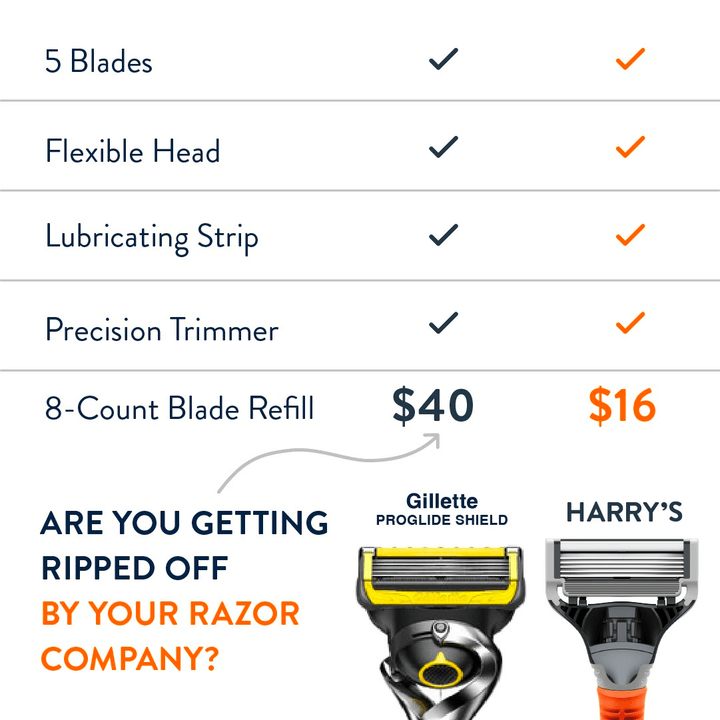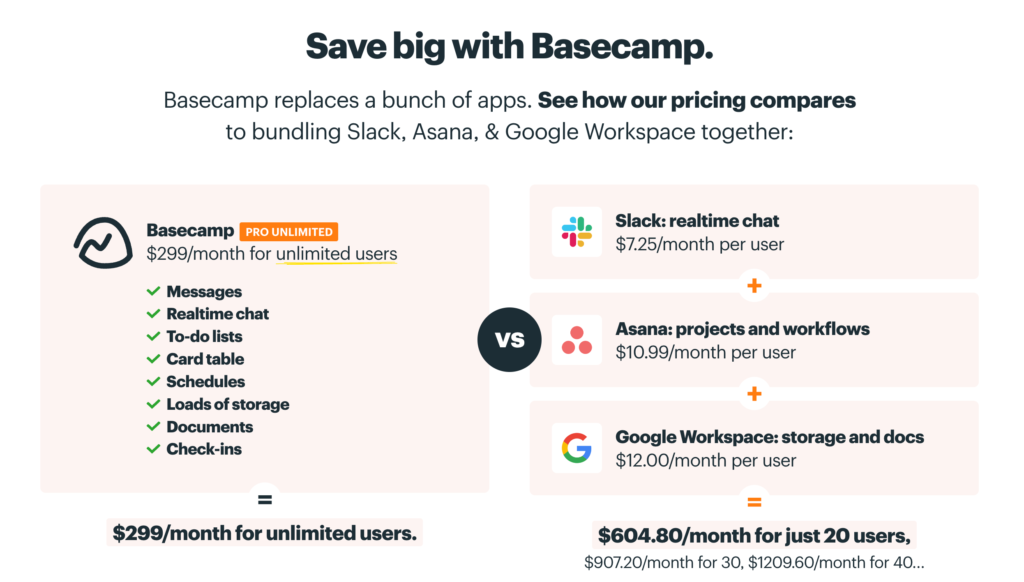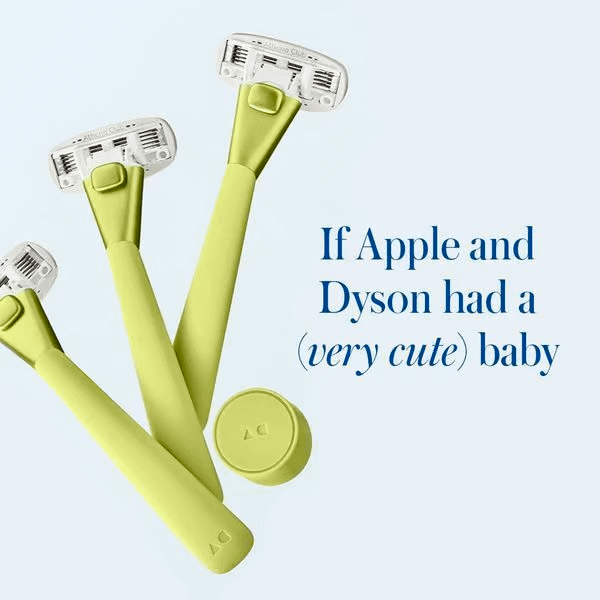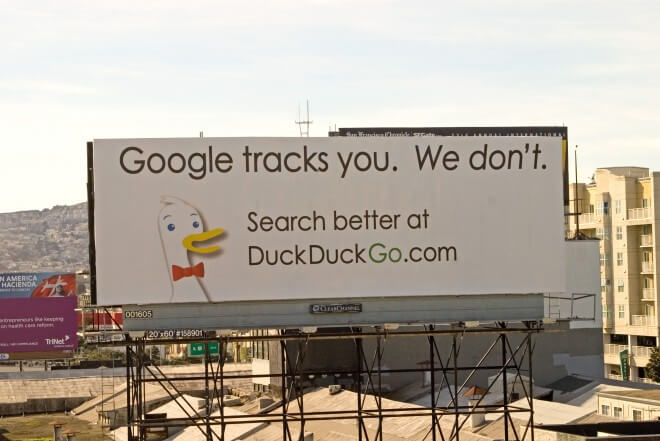One of my colleagues asked me for some suggestions on landing page copywriting. I instantly shared some insights with him. Later, I thought I should share it with my fellow marketers and copywriters. Also, it will help me in the future if I ever need to revise my knowledge.
1. Be precise and concise

The less you say the more people will get. There are many reasons to be precise. One that we couldn’t ignore is the short span of social content, (not) thanks to TikTok, YT shorts, and Insta/Facebook reels. So this is your users’ mindset to grasp something that’s not too long.
Another thing is if you can deliver it in 20 words, why would you exaggerate it for another 100 words?
Also, talk to the point. If you sell flowers just say “I sell flowers.” Straightforward. Right?
That doesn’t mean you can’t say “I sell all kinds of flowers you need!”
I only mean, don’t put extra words if it’s not necessary.
Anyways, try to keep your copy as concise as possible and to the point.
2. Build a story with a smoother flow
This is where writers get stumbled!
“Well, I know I have to tell a story, but how?” they ask.
You’re not Earnest Hemmingway. And you’re not writing “The Old Man and The Sea.”
There are many explanations on this topic. But, my version is simple.
Organize your copy in a way that people don’t leave right away when they land on your page.
From the beginning till the end, maintain a flow that they leave your page when they’re subscribed.
- Start with a nice intro
- Keep things in order
- Add emotions
- Include conflicts
- Give it a smooth finishing
3. Show benefits over features
“We offer 30 free contacts with our basic plan”
“As a starter, you don’t need too many contacts. You can check out the basic plan that gives you 30 free contacts to begin with.”
Which one do you find more convincing?
The first one only shows features. And often users may not understand what it is. When you describe some benefits they will understand, “Oh, I need this.”

4. Hook from the start and continue
It was a hot sunny day in July. I was walking under the sun and got a restaurant on my way. I entered and got a refreshing vibe from the cold ambiance and the peaceful decoration of the restaurant.
I didn’t know what to eat, but I decided to sit there and check their menu.
OK, now bring it to your landing page. People somehow came to your page (from a Facebook ad, via affiliate links, etc.) now what?
You have to keep something on top of your page that sparks their interest to check for a while.
They’re already hooked, now it’s your challenge to keep them on your page and let them check the menu (just kidding!)
5. AIDA formula
Many copywriting formulas are available online. For instance, PAS, FAB, BAB, etc.
I prefer AIDA because it’s easy to follow and it’s an established formula that worked for many successful campaigns. However, there are four parts of AIDA.
Attention: This is the beginning where you hook your users so that they click the link you shared, they come to your page, they open the email you sent, and they click on the ad you prepared.
Interest: This is the next part after you’ve created the attention. It’s time to hold your users’ attention so they keep going. They check the offers you’ve prepared. They visit other pages because they found your landing page interesting.
Desire: They got hooked, gained some interest, and now they want your product. They started feeling to give it a try. It’s a mind game. And it’s tricky too.
Action: Time to get some money (or whatever you need). This is where users click the buy button or the button you put there to get subscribers.
6. Keep the language simple
In other words, try to avoid jargon as much as possible. In other words, don’t make your copy too heavy to understand what you’re actually trying to say.
What we usually do is look for the toughest words and put them into our copy, thinking this would make our writing super-classy.
Pause a moment and think about how you talk to your friend, your colleague, and your children. You don’t think about polished words. All you do is deliver your speech in the easiest version.
Communication is the key here. Imagine a face-to-face conversation. You’re talking to your customer. Craft the copy in its simplest state. That’s a win. Believe me.
7. Focus on users. Not only on products
We talk so much about our product that we forget our customers. Talking about your product is not wrong. But connect your users and feel them connected.
“We made the product for YOU”.
“It’s YOU who we did all the hard work for.”
“We spent countless hours to save YOUR time.”
As a customer, when I felt that I was the center of my vendor, I would start feeling good. They put in their best effort and spent nightless hours for me. I would be much obliged.
Create a sense carefully in your copy. I used the word “carefully” so that you don’t make it up. You don’t put it in a way that looks fake.
8. Make it visual
While preparing your landing page you’ll surely add images, videos, and graphics. That’s not what I meant here. While you write your copy, write so that users can feel your products without experiencing them.

How to do that?
Create a Before/After scenario.
What was their status before using your products or services, and what will it be after?
Were they frustrated before using your product?
Would they be happy after using your product?
Nicely tell those things. Also, arrange some use cases so that they can understand your service even before they buy one.
9. First problems, then solutions
DuckDuckGo had an ad where their message was like this:
“Google Tracks You. We Don’t.”
So simple yet clear. Right?

Before providing a solution, show them what they’re facing. Tell them how bad an experience they have. Explain their pain so it aggregates.
Then provide the solution. Now it will translate better.
Even if someone has pain, telling them their problem makes it more intense. And, they urge for a solution.
10. Make it a little spicy
Let’s hear a joke:
“If you want to be happy for a day, drink. If you want to be happy for a year, marry. If you want to be happy for a lifetime, drive a BMW.”
This is not a joke. It was an ad made by BMW. With a little humor, notice how they promoted longevity.
You can always spice it up. Add some humor to your copy. Make it a little funny.
Don’t be too serious. It’s not the “G20 Conference.”
You’re talking to your customers. Be casual. Be humorous.
Conclusion
That’s all for now. As I say, you will find dozens of tips online and they’re all good. But if you’re looking for a starting point, then read the tips I’ve stated. The best part is I’ve tested all of them by applying them in my projects so I can assure you these things work.
Also, I welcome your suggestions (or questions) in the comment box.
